Keep Up to Date with MDG
MDG News and Updates
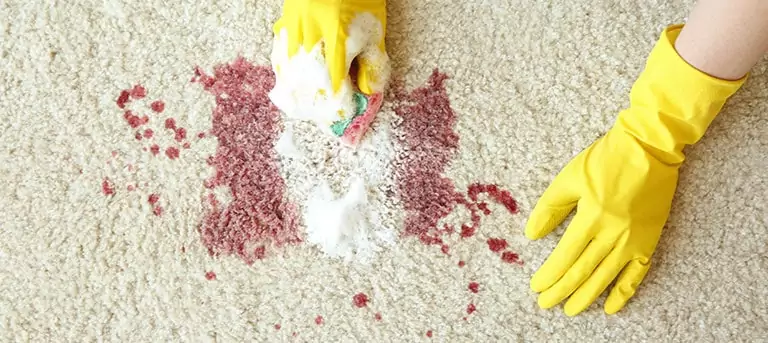
Cleaning with Biosurfactants
In your search for environmentally friendly cleaning ingredients, you’ve likely come across the term ‘biosurfactants’. Do you know what they are – and what they do in bio-enzymatic cleaners? Read on to become armed with the knowledge you need to make informed formulation decisions. What is a Biosurfactant? A biosurfactant is a biologically derived substance that helps reduce the surface tension of a liquid in which it’s dissolved. In the context of industrial and institutional cleaning, biosurfactants can be produced by a variety of microorganisms and help breakdown difficult-to-degrade materials like fats, oils and grease (FOG). The biosurfactants produced by microbes in bio-enzymatic cleaners are considered safe with few environmental repercussions surrounding their use. They are widely considered to be non-harmful to both human and animal health and are easily degradable. How Do Biosurfactants Work in Bio-Enzymatic Cleaners? Biosurfactants can help boost the degradation of stains within bio-enzymatic cleaners. First, they reduce the surface tension between two otherwise unmixable liquids (think oil from a stain and water from the cleaner base), combining the two liquids together. With the two liquids blended, the microorganisms within the bio-enzymatic cleaner can digest the oil molecules, helping to remove the stain. Additionally, like traditional cleaners without […]
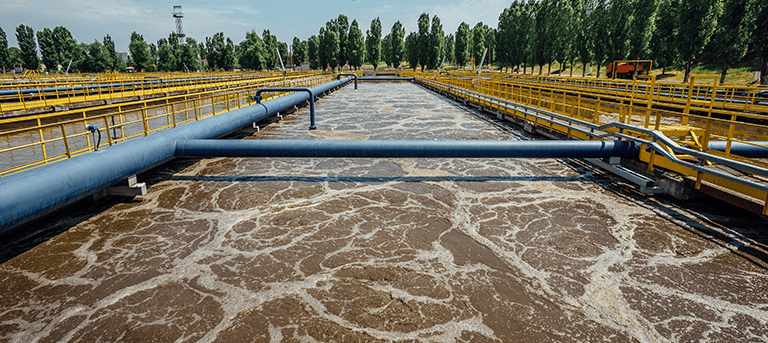
Resolving Toxic Upsets: Quats in Wastewater
Earlier in this article series, we touched on how bioaugmentation treatments for wastewater have been around for 50+ years to help resolve toxic upsets. We also explored how Bacillus, a certain genus of bacteria that can be used in microbial treatments, are resilient to oxidizers. Today, we’ll examine how Bacillus are resistant to another powerful but non-oxidizing anti-microbial: Quats. What are Quats? Quaternary ammonium compounds (QAC, also referred to as “Quats”) are potent disinfectant ingredients found in both household and industrial cleaners. Some common examples are benzalkonium chlorides (BAC, BZK, BKC), alkyl dimethyl benzyl ammonium chlorides (ADBAC) and several other compounds identified by the words ‘ammonium chloride’ at the end of their names. How Quats Work Quats kill bacteria by puncturing or disorganizing the cell membrane, leading to interior component leakage and ultimately cell death. The use of Quats is especially common in food processing plants as tools for combating bacterial growth and contamination in the end-product. While this is effective for facility sanitization, it can potentially lead to problems in wastewater systems as they depend upon their inherent microbial community to function properly. Effects of Quats in Wastewater When a toxic substance like a Quat enters a wastewater system, it can drastically alter the […]
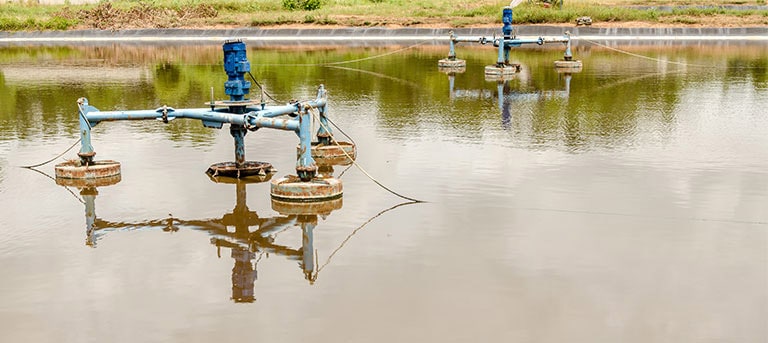
Optimizing WAS Holding Systems
Before we walk through how to help your customers optimize their WAS holding systems, it’s important to understand how they work. How does a WAS Holding System work? Waste Activated Sludge (WAS) holding systems are a common part of operations in wastewater treatment plants (WWTPs). A WAS holding system, typically in the form of a sludge tank or lagoon, holds sludge after it has been wasted or removed from a clarifier. WAS systems may have aeration and mixing to help digest more sludge before hauling. Some systems will only hold sludge until it’s hauled away (liquid disposal), while others will concentrate the sludge by periodically allowing the sludge to settle and remove water from the top (decanting). After the sludge leaves the WAS holding system, it’s dewatered through a sludge press and disposed of or hauled as liquid. Getting to the Bottom of It If you ask an operator if they have any pains or issues, they may say, “I don’t”. However, they may not know if they do if their system has consistently under-performed and it’s always been that way. Typically, until they see a 20-50% reduction in sludge hauling along with reduced odor and labor costs, they may continue to think […]
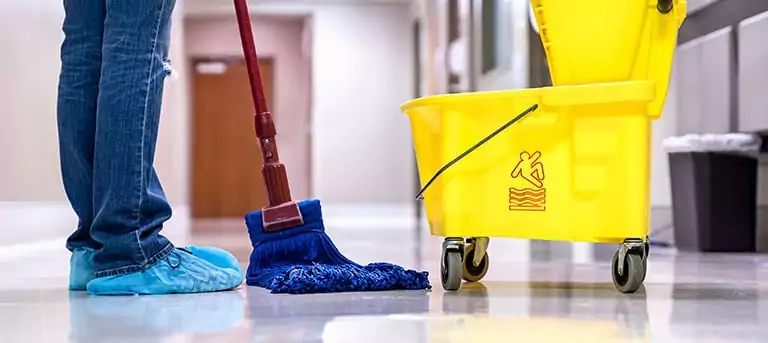
What’s Inside a Bio-Enzymatic Cleaner?
With environmentally friendly cleaners continuing to trend, more and more chemical manufacturers want to know – what’s inside a bio-enzymatic cleaner? In this article, we’ll walk through some of the common building blocks within formulations. Not all ingredients are essential for every product as it depends upon the application, but by understanding each element, you’ll know what you may want to request when discussing products with a manufacturing partner like us. Microorganisms A foundational ingredient to many bio-enzymatic cleaners are live microorganisms. At MDG, we manufacture a type of rod-shaped bacteria called Bacillus that can be used in janitorial and sanitation cleaning solutions to reduce fats, oils, grease (FOG) and the sources of odor in carpets, hard surfaces, bathroom utilities and other applications. Enzymes Enzymes are proteins that are commonly produced by microorganisms, including Bacillus, that speed up specific chemical reactions to help break down complex materials like fat, oil, grease and even paper products! Adding enzymes to industrial and institutional bio-enzymatic products such as household cleaners and odor removers can accelerate the cleaning process and increase effectiveness. These enzymes act immediately, allowing microorganisms present to metabolize the nutrients efficiently. Surfactants Surfactants are commonly added to cleaners to act as a detergent, wetting agent, […]
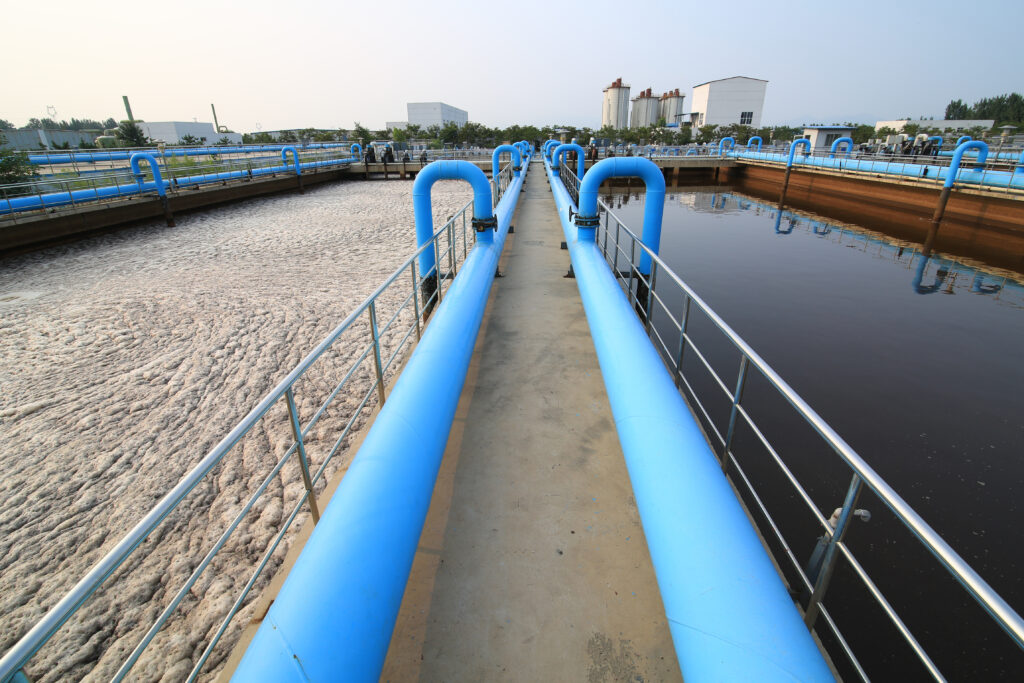
Wastewater Treatment Mistakes You’ll Never Make Again
When selling microbial products and programs, you’ll inevitably encounter a customer that says, “I’ve tried something like that before and it didn’t work”. This kind of experience often links back to one of four common mistakes that were made prior to or during treatment. In this guide, we’ll go over these mistakes and how you as a distributor can avoid making them by choosing a microbial solution and partner that gives you the tools you need to make confident and accurate recommendations. PREVENTION: Biotifx® gives you opportunity-specific Application Guides that show you how to apply the product step-by-step. Additionally, Biotifx® gives you a System Survey Tool and Dosing Calculator that make it extremely easy to avoid incorrect application. PREVENTION: With the Biotifx® Survey Form and ROI Calculators, you can calculate an accurate value assessment for each of your customers. The program also comes with Proposal Templates that help you highlight obtainable results with real value to your customers. PREVENTION: Our Biotifix® Qualification Guide and step-by-step System Survey make it easy for you to find the right high-value opportunities for your customers. PREVENTION: Correctly measuring and documenting success is key to customer confidence. Biotifx® comes with […]
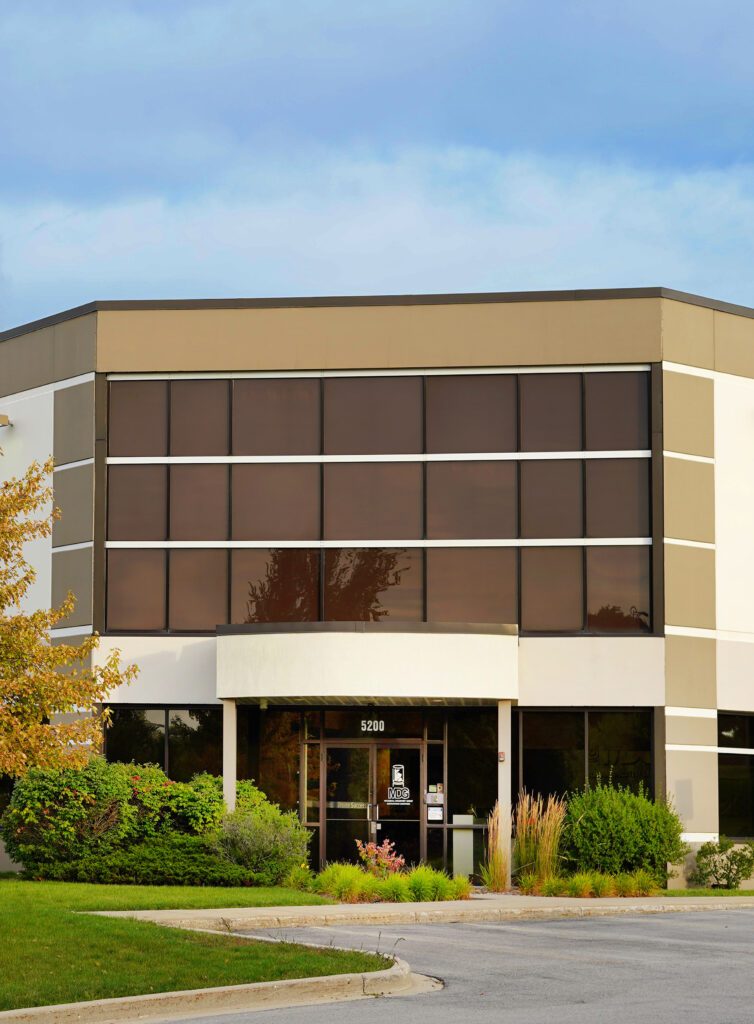
Microbial Discovery Group Completes Expansion
Microbial Discovery Group (MDG) LLC celebrated the expansion of their R&D and production facility with a ribbon cutting on August 5th. Microbial Discovery Group (MDG), founded in 2007 in their current location in Franklin, WI, needed to expand to meet demand for new opportunities for microbial-based products and solutions. MDG added a second laboratory and expanded the MDG facilities and workspaces to double the number of possible employees and accelerate the rate of technology development. This expansion was on the heels of manufacturing expansion and processing changes that almost doubled capacity the year before. According to MDG founder, Michael King, Ph.D., “As MDG continues to scale-up to meet demand; the number of team members has grown from 2 to 20 employees making this expansion an absolute necessity. We needed to make room for the second laboratory but most importantly needed to house our most valuable asset, our people.” MDG’s talented team includes scientists, engineers, technical support, production, business development and customer service. The $500,000 expansion and facility update added an additional 3500 square feet of laboratory and office space for two recently hired microbiologists, one admin position and additional interns. MDG is currently recruiting two more scientists, a production manager and a regulatory/international registration […]

MDG Announces Expansion Efforts for 2017-2019
Franklin, WI. – Microbial Discovery Group (MDG), a R&D driven Bacillus fermentation company, announces plans for expansion to accommodate continuing growth and future developmental plans. Answering increasing demand for their microbial-based products and solutions, MDG will execute short and long term expansion efforts in alignment with their business growth priorities which will provide capacity for increased sales, production, and employees. A phased expansion approach will take place throughout 2017-2019 both within and beyond the existing 20,000 sq. ft. Franklin facility. The Franklin facility is currently gaining additional fermentation and drying capacity that is projected to be operational in August, 2018. The Franklin expansion alone will bring MDG’s revenue capacity to roughly $25M USD. With demand projections continuing to climb, MDG has set strategic plans to creating a future of $50M in revenue creation. MDG is moving its powder and liquid blending operations to a 40,000 sq. ft. building in Oak Creek, WI to create space for the new fermentation capacity and future expansion needs. In 2019, the Oak Creek facility will feature additional offices and laboratories to house an added 40 employees who will be hired over the next 3-5 years. All phases contribute to the companies’ ability and readiness to serve their customers. MDG’s […]

Constantly Developing New Products!
I am amazed by all of the studies and tests taking place in our lab to develop new and improved products. This really keeps our customers on the cutting edge of new technology. Just when I think we have found the final solution to a major problem area for one of our partners, we continue working to find something even better. It seems like everyone at Microbial Discovery Group has an obsession with solving problems, while others just seem to stop working after they find one solution that works pretty well. This year alone, we have developed so many new products, some we currently offer, and others should be available shortly. Don’t hesitate to ask if we have a product that works in a particular situation, you may be very surprised to find out that we have it currently on stability testing. I look forward to your call! – Michael Davis
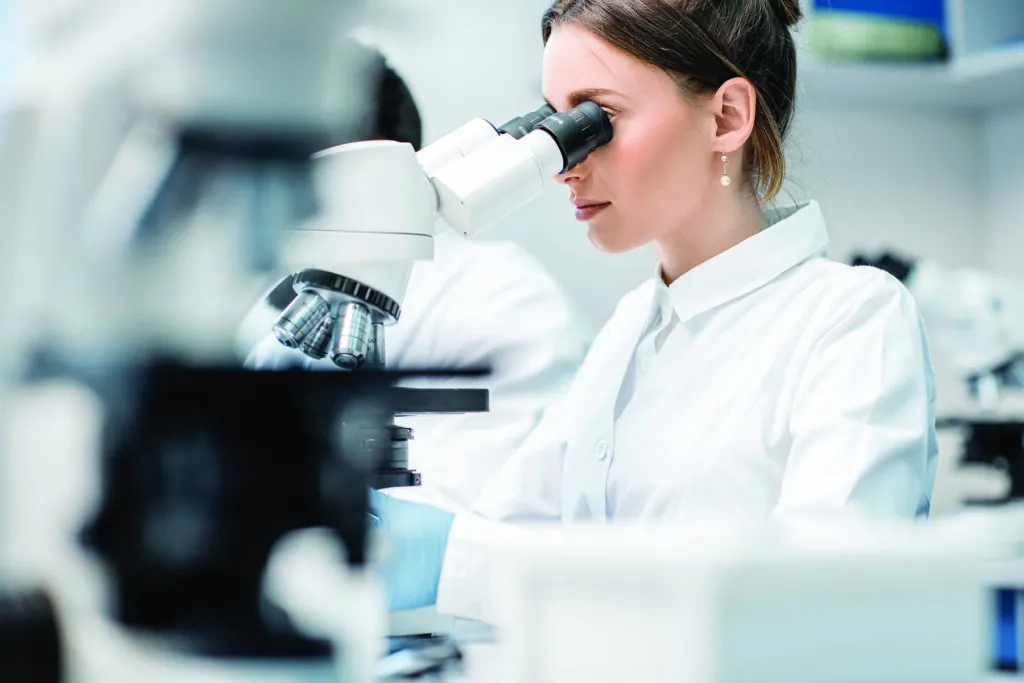
What’s Your SPEC?
As consumers, we constantly search for a particular level of quality in everything we purchase. From toilet tissue, cleaning products, or microbial products, there is an expectation to deliver upon standards. Those standards are established through trust, and it’s incredibly important to uphold that trust to keep the customer coming back. MDG is passionate about delivering a product that meets that high and personal standard. A standard we achieve each time through our trusted processes and quality control (QC) testing. Compatible ingredients such as preservatives, dyes, surfactants, and fragrances are recommended from a list of stability tested ingredients guaranteeing a two-year shelf life. Once an existing or newly formulated product is created, its blended and the SPECs (specifications) are tested via our quality control lab. SPECS such as the effective amount of bacteria for the application, factors that prevent spoilage (pH and preservatives), and making sure there are no unwanted organisms such as pathogens present in the final product. The SPECS are essential to consider the level of quality when QC checks a concentrated Bacillus product, see below: CFU: AKA, CFU/g or ‘Colony Forming Units’ per gram. This value represents the actual number of culturable cells in a gram of material. This […]

Bacillus Utilize VFAs as an Energy Source
If your customer is smelling the result of decomposing organic matter, such as feces, other bodily fluids, dairy, meat, or plant-based materials, chances are they’re smelling a Volatile Fatty Acid (VFA). Figure 1. Common odors associated with VFAs. VFAs are organic acids produced by the microbial metabolism of biomass and food waste; such as dietary fiber, starch, protein, and amino acids. To beat these odors, certain strains of Bacillus have the ability to breakdown VFAs, thereby helping to reduce the problem at the source. At Microbial Discovery Group (MDG) an in-vitro study was conducted to measure the growth of our Bacillus strains in the presence of VFAs. SporActiv® Foundation was grown in media containing acetate and a combination of common VFAs found in the I&I market; acetate, butyrate, propionate, valerate, isovalerate, and isobutyrate. These VFAs were chosen because of their known connection to unpleasant odors. RESULTS Figure 2. Increase in growth of SporActiv® Foundation grown in media containing acetate, or a combination of six VFAs. The results show that growth of SporActiv® Foundation Bacillus increased by more than 50% when acetate was present, and by more than 100% when the six VFAs were present (Figure 2). The addition of these VFAs allowed for increased Bacillus growth, indicating the […]